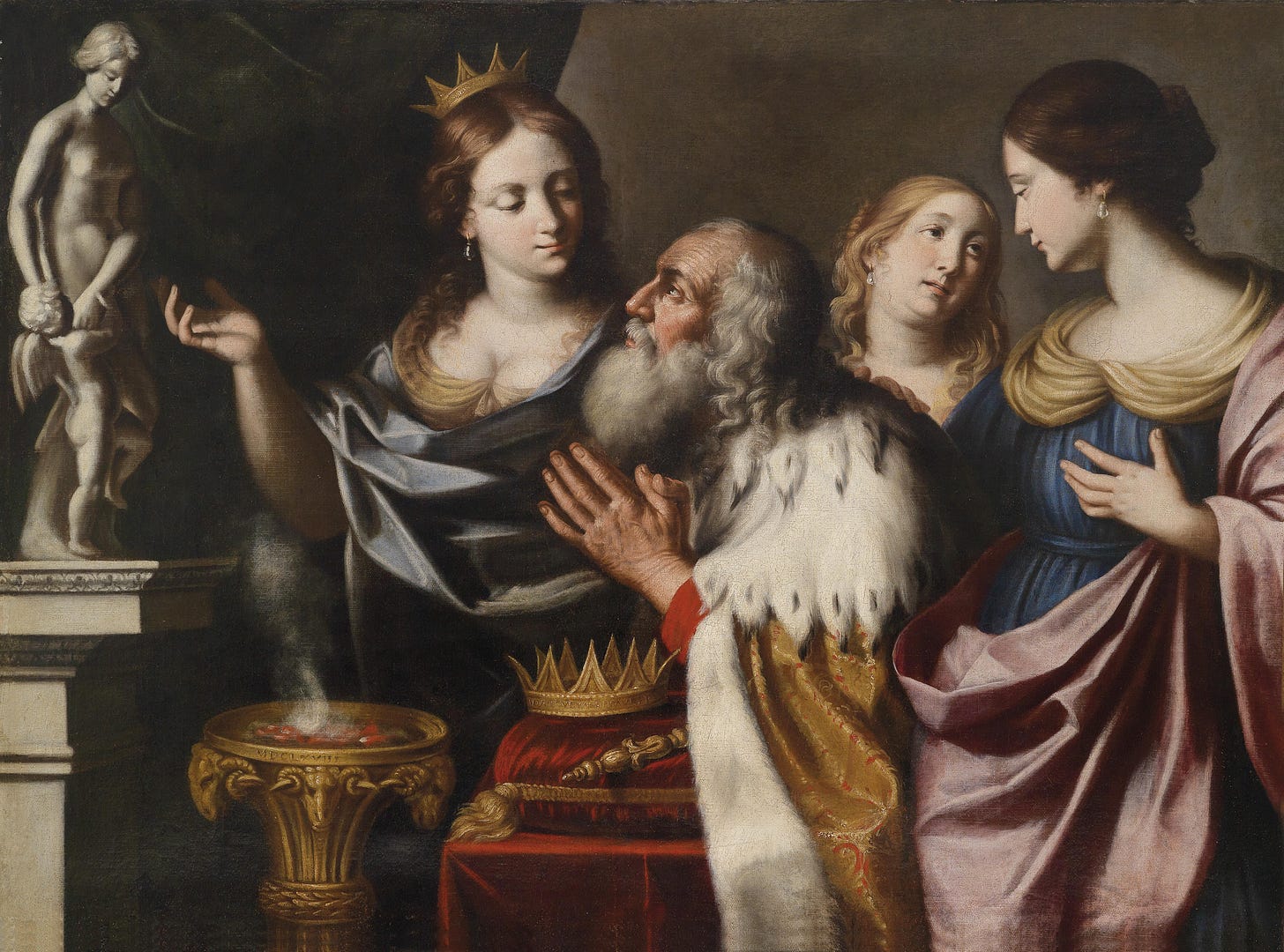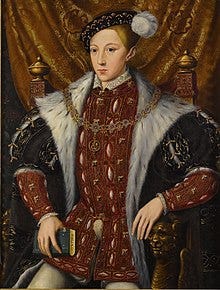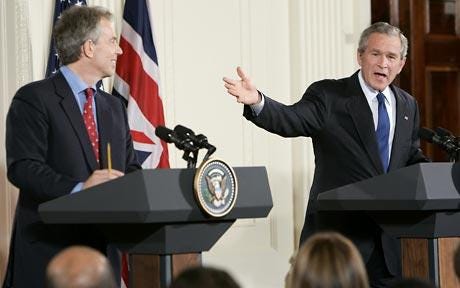This series looks at a new civilisation cycle theory I’ve been developing called the Seasonal Hero Cycle. You can read the introduction here.
Here is a reminder of the Seasonal Heroic Cycle:
The Summer Hero works to consolidate the gains of the previous hero. They could be the same person as the Spring Hero and sometimes they simply takeover from the Spring Hero to maintain their legacy.
There can be a series of Summer Heroes who keep the wins of the Spring period alive, maintaining the status quo for as long as possible. But eventually Autumn always arrives and the civilisation needs to reckon with this.
A successful Summer Hero recognises the demise of the civilisation is on the cards and reverts back to a Spring Hero role, leading the civilisation to a conquest. This can be a physical conquest where they go to war, but can also be a cultural or spiritual one.
The Summer Hero maintains the status quo for as long as possible. But no matter what any Summer Hero does, the civilisation will fail unless they return to Spring and go on conquest.
King Solomon
The Biblical Solomon was a good example of a Summer Hero.
He took the gains of David and capitalised on them. He completed trade deals and diplomatic agreements with the local kingdoms and established the Temple.
This golden age ended at his death and the Kingdom was split into the Northern Tribes and the Kingdom of Judah. Solomon maintained and continued to establish the kingdom. But, as with all Summer Heroes, unless they return to conquest, their reign will end in demise. And falling into the Autumn part of the cycle.
Emperor Tiberius
Tiberius is an example of a Summer Hero who failed. After his predecessor died, Augustus, who had set up the emperorship, started new building projects and won many military campaigns, he became emperor.
Even though he had won campaigns prior to ascending to the emperorship, he did not return back to conquest, and he simply tried to maintain his position against conspiracies, plots and assassination attempts. Over time, he became disillusioned and stepped away from ruling Rome directly. He spent his last years on the Island of Capri.
After his death, the cycle rapidly headed towards the Autumn period, where we see a string of failed emperors.
King Edward VI
After the death of Henry VIII, his son Edward took the throne at aged 9.
It was expected that he would continue his father’s legacy, reforming the church in England. He was largely successful, but only reigned for 6 years, dying at the age of 15 years old. As a Summer Hero, he maintained what Henry had started, but he was unable to stop England falling into the Autumn and the reign of Mary Tudor.
Chairman Mao
Even though he is probably one of the most detestable people on Earth, who was responsible for more deaths than anyone else in history, he managed to reset China from Summer to Spring several times in his lifetime. He understood this as a continuous revolution.
After the establishment of the People's Republic of China in 1949, he brought forward land reform policies, purged government departments and removed alleged capitalists from all parts of society. Once this was completed, he consolidated his position and then progressed his 5 year plan to develop an industrial China. This was the Summer part of the cycle.
Mao’s second 5 year plan was called the Great Leap Forward. This is where he moved from the Summer part of the cycle back to the Spring, a period where he radically restructured the Chinese economy. It moved away from farming to industrial projects. Small farming operations were incorporated into larger state owned operations. This was a significant failure, and so he consolidated his position once again, focusing on smaller manageable projects
After this, Mao embarked on another 5 year plan, the Cultural Revolution. Though this time, I would say this wasn’t an attempt to return to Spring from the Summer part of the cycle, but from the Autumn. And I will talk about the Autumn part of the cycle, next time.
In modern politics, we see in the UK that after Blair resigned in 2007, Gordon Brown and David Cameron became continuity prime minsters. They maintained and consolidated Blair’s reforms. Even when it was clear new policies were needed to be developed and old systems reworked, they did not have the ability to move outside the Blairite framework. These Summer Heroes didn’t have a plan to bring the UK back to Spring. Cameron tried with the attack on Libya and ‘compassionate conservatism’. but he ultimately failed.
Eventually, Cameron was pushed into granting a vote on leaving the EU (BREXIT), which he lost and the UK fell into the Autumn part of the cycle.
In the US, Obama continued Bush’s wars in Iraq and Afghanistan. He toyed with some social reforms, but I wouldn’t say these brought a new golden age or even a silver age for the US. Eventually, as with every Summer, it leads to Autumn, where Donald Trump looked to establish himself as an Autumn Hero.
The effective Summer Hero is someone who is able to return the civilisation on the brink of decline, back to the Spring and renew the seasonal cycle.
Next time, we will look at the role of the Autumn Hero, and how this trickster can bring a stagnating and declining civilisation back to the Spring without falling into the Winter.








